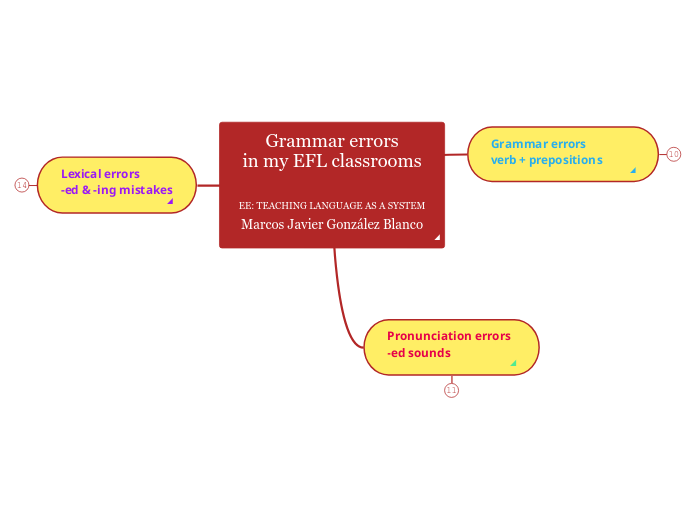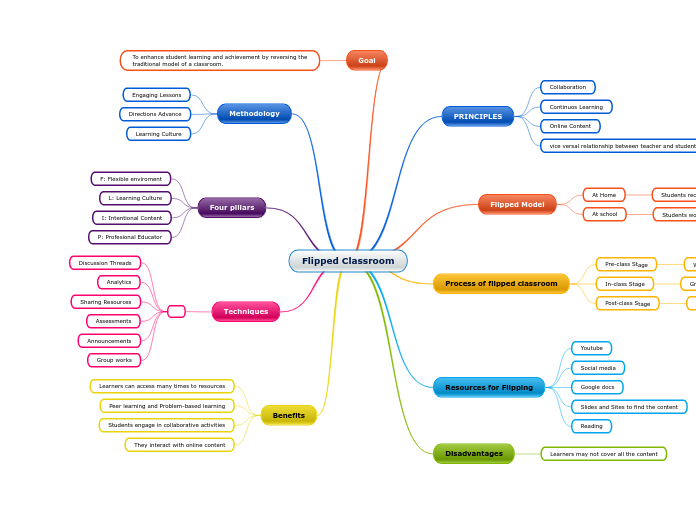jonka Javier González 1 vuosi sitten
142
Grammar errors in my EFL classrooms EE: TEACHING LANGUAGE AS A SYSTEM Marcos Javier González Blanco
The text discusses common grammar and pronunciation errors in English as a Foreign Language (EFL) classrooms, focusing on lexical mistakes involving -ed and -ing endings. It highlights frequently confused pairs like "









